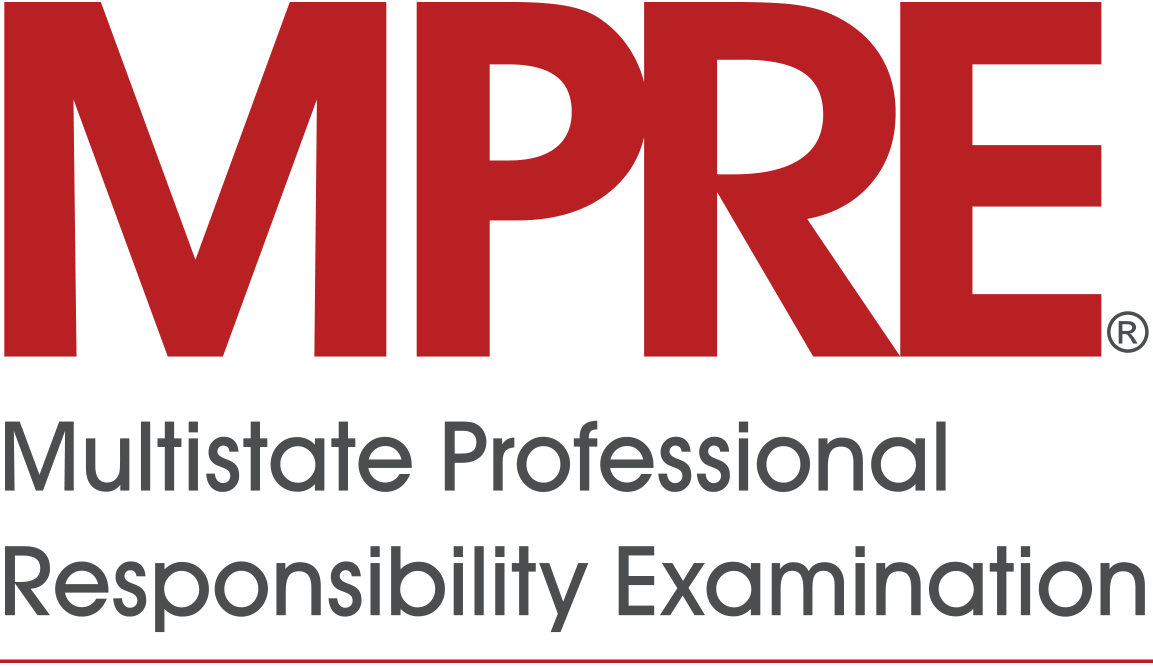
NCBE scores the MPRE and reports scores to jurisdictions and examinees. MPRE scores are reported on a scale ranging from 50 (low) to 150 (high). Passing scores are established by each jurisdiction. View our interactive map for jurisdiction information.
How to Get Your MPRE Score
MPRE scores are typically released to examinees within five weeks from the date of the examination. Scores will be posted to your NCBE Account File Cabinet.
Scores remain available in your NCBE Account File Cabinet only until the next test administration. For example, if you took the exam in March, you will be able to access the score in your NCBE Account until the August test administration. It is your responsibility to access and save your score during the time it is available in your NCBE Account.
To obtain your MPRE score after it is no longer available in your NCBE Account File Cabinet, you must request an MPRE Unofficial Score Transcript via MPRE Score Services.
How to Have Your MPRE Score Reported to a Jurisdiction
NCBE reports MPRE scores to the jurisdiction designated by the examinee when registering for the MPRE. To have your score reported to additional jurisdictions or if you did not designate a jurisdiction when you registered, you must request an MPRE Score Report via MPRE Score Services.
How Is the MPRE Scored?
The performance information provided for the MPRE is a scaled score which ranges from 50 (low) to 150 (high). MPRE scaled scores are calculated by NCBE based on a statistical process known as equating that is commonly used on standardized examinations. This statistical process adjusts raw scores on the current examination to account for differences in difficulty as compared with past examinations. Equating makes it possible to compare scaled scores across test administrations because any particular scaled score will represent the same level of knowledge/performance from one test date to another. Equating helps to ensure that no examinee is unfairly penalized or rewarded for taking a more or less difficult form of the test. Because the adjustment of scores during equating is examination-specific (i.e., based on the level of difficulty of the current examination as compared to previous examinations), it is not possible to determine in advance of the test how many questions an examinee must answer correctly to achieve a specific scaled score.
